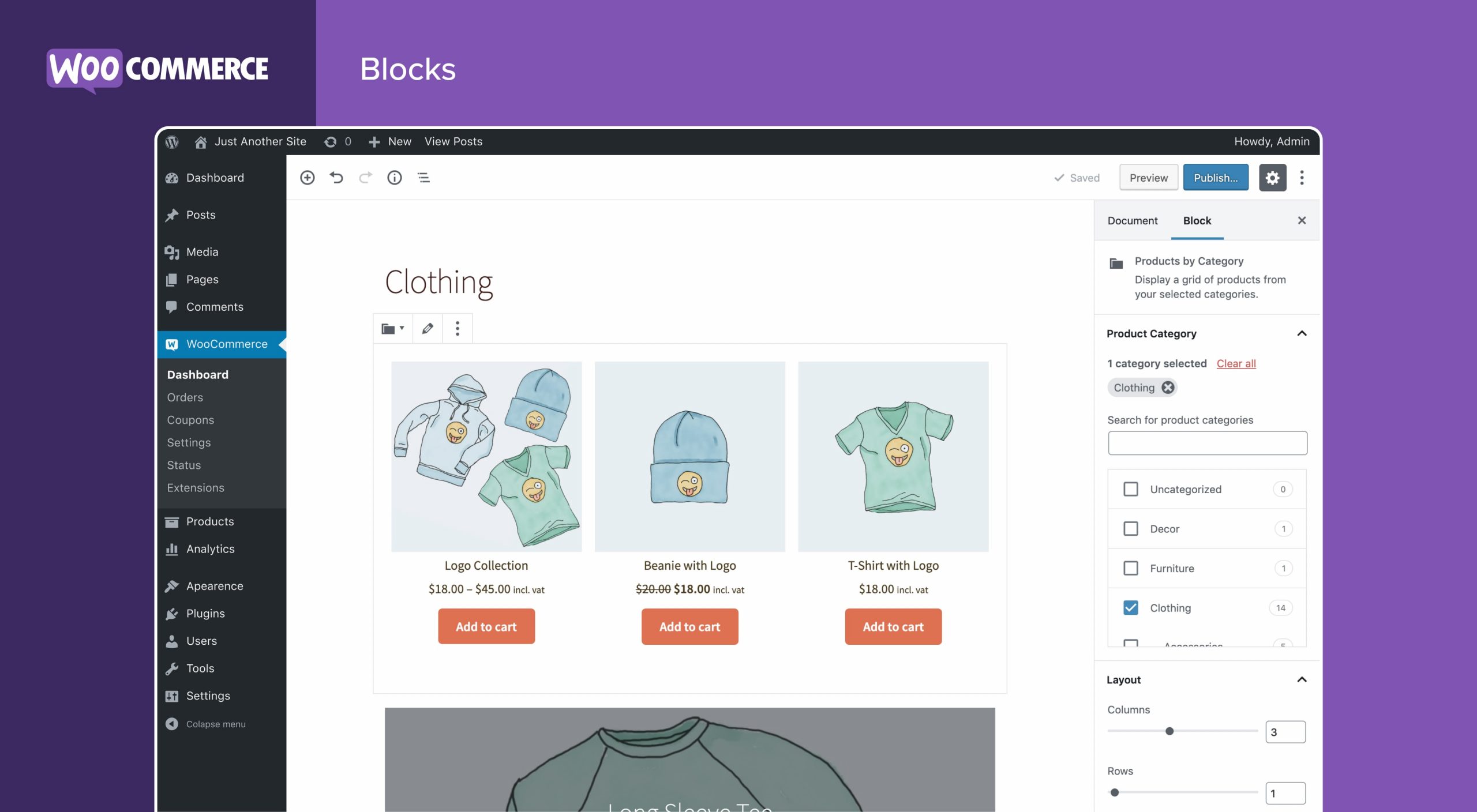One-click upsells are a powerful eCommerce strategy that enables businesses to increase their Average Order Value (AOV) without adding friction to the customer journey. For developers, understanding how pre-purchase and post-purchase upsells work internally—and their technical implementations—is key to building seamless and high-conversion experiences.
In this blog, we’ll dive deep into how one-click upsells operate, the workflows involved, and the tools and considerations you need as a developer.
What Are One-Click Upsells?
A one-click upsell allows a customer to accept an additional offer with a single click, without needing to re-enter payment details. This can be implemented at two points in the purchasing journey:
- Pre-Purchase (Order Bumps): The upsell is presented before the checkout process is finalized, typically on the checkout page.
- Post-Purchase: The upsell is shown after the initial purchase is completed, leveraging stored payment tokens for a seamless transaction.
Pre-Purchase Upsells: How They Work
Pre-purchase upsells, often referred to as order bumps, are displayed on the checkout page. The goal is to increase the order size before the customer completes their transaction.
Workflow:
- Customer adds a product to their cart.
- At the checkout page, an additional offer is presented (e.g., “Add this complementary item for $10!”).
- If the customer accepts, the upsell item is added to the cart dynamically.
- The total cart value is updated, and the customer completes the purchase.
Technical Implementation:
- Dynamic Cart Updates: Use WooCommerce hooks like
woocommerce_before_calculate_totalsto modify the cart in real time. - Backend Validation: Ensure server-side validation to confirm the upsell was applied correctly and securely.
- UI/UX: Use JavaScript or AJAX to present and update the upsell offer without refreshing the page.
Example Code Snippet:
add_action('woocommerce_before_calculate_totals', function ($cart) {
foreach ($cart->get_cart() as $cart_item) {
if ($cart_item['product_id'] == UPSELL_PRODUCT_ID) {
$cart_item['data']->set_price(10); // Adjust the price for the upsell item
}
}
});Post-Purchase Upsells: How They Work
Post-purchase upsells are presented after the customer’s initial purchase is completed. This approach relies on tokenization—a secure way of reusing payment details—to create a seamless one-click experience.
Workflow:
- Customer completes their initial purchase.
- The upsell offer is displayed on a confirmation or thank-you page.
- If accepted, the stored payment token is used to process a new transaction for the upsell item.
Technical Implementation:
- Tokenization:
- When the initial purchase is processed, the payment gateway generates a token representing the customer’s payment details.
- This token is securely stored in WooCommerce, linked to the customer’s profile.
- Triggering the Upsell Transaction:
- If the customer accepts the offer, the stored token is used to process a new charge via the payment gateway.
Example Pseudocode:
// Step 1: Store the payment token during the initial purchase
add_action('woocommerce_payment_complete', function ($order_id) {
$order = wc_get_order($order_id);
$payment_token = get_payment_token_from_gateway($order);
update_user_meta($order->get_user_id(), 'payment_token', $payment_token);
});
// Step 2: Process the upsell if accepted
if ($customer_accepts_upsell) {
$payment_token = get_user_meta($customer_id, 'payment_token', true);
$gateway->charge($payment_token, $upsell_price);
}Pre-Purchase vs Post-Purchase Upsells: Key Differences
| Aspect | Pre-Purchase Upsell | Post-Purchase Upsell |
|---|---|---|
| Timing | Before checkout completion | After the initial purchase |
| Customer Action | Adds upsell to the cart | Creates a new transaction |
| Payment Handling | Single transaction for all items | Separate transaction for upsell |
| Use Case | Increase cart size | Leverage momentum to boost AOV |
| Technical Complexity | Relatively simple | Requires tokenization and PCI compliance |
Best Practices for One-Click Upsells
- Limit the Number of Offers: Avoid overwhelming customers with too many options.
- Offer Complementary Products: Ensure the upsell item is relevant to the initial purchase.
- Optimize for Mobile: Ensure the upsell experience is smooth on all devices.
- Use Clear Messaging: Clearly explain the value of the upsell and its price.
- A/B Test Offers: Continuously test different upsell strategies to optimize conversions.
Challenges and How to Overcome Them
- Payment Gateway Limitations: Not all gateways support tokenization. Choose gateways like Stripe, PayPal, or Authorize.Net for seamless post-purchase upsells.
- Handling Declined Payments: Implement fallback mechanisms to gracefully handle declined transactions.
- Customer Confusion: Clearly communicate that the upsell is optional and that it is charged separately (in the case of post-purchase upsells).
Conclusion
One-click upsells are a game-changer for eCommerce businesses looking to boost revenue. By understanding the technical workflows of pre-purchase and post-purchase upsells, developers can create seamless and effective implementations.
Whether you’re building custom solutions or leveraging tools, mastering one-click upsells will empower you to deliver value to clients and enhance the customer journey.
Start implementing one-click upsells today to unlock the potential of increased AOV and improved customer lifetime value!


Leave a Reply